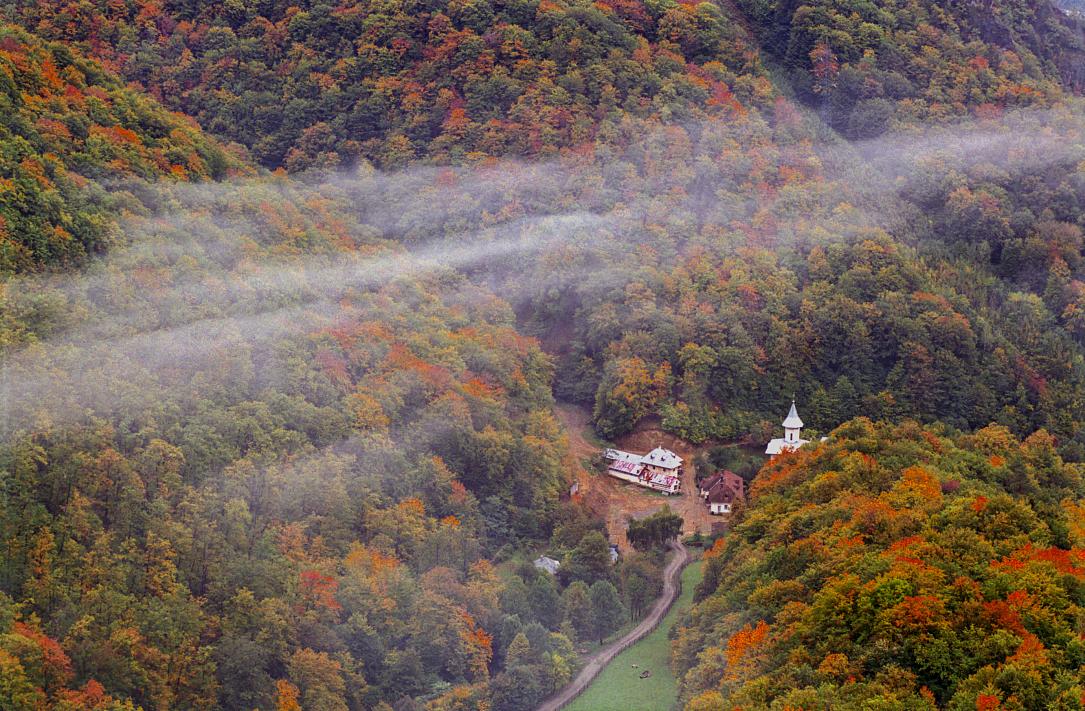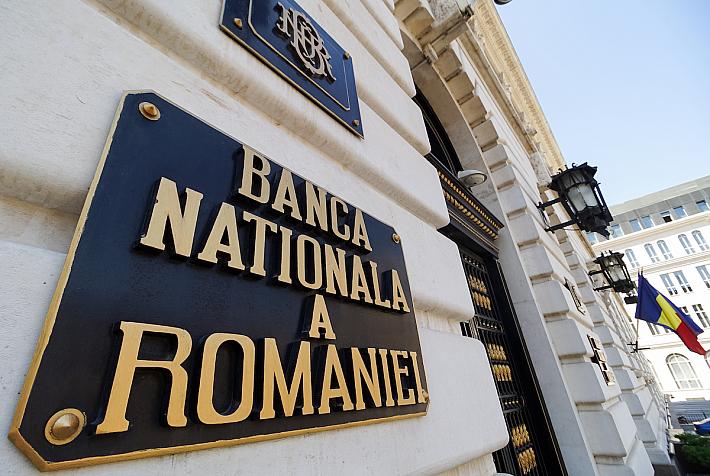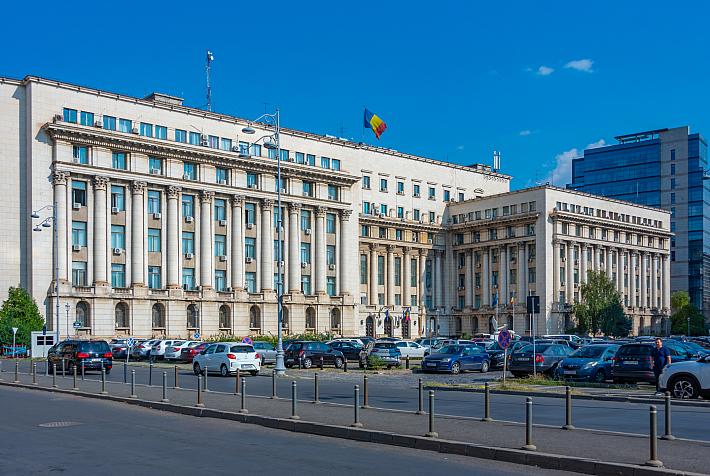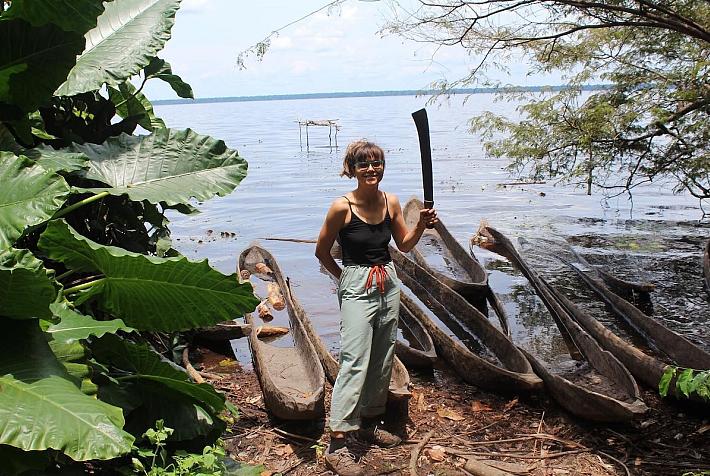Romania Photo of the Day by Dreamstime: Cozia National Park in autumn colors

The Romania Photo of the Day created in partnership with stock photo provider Dreamstime aims to highlight the best of Romania. From stunning landscapes and popular tourist destinations and landmarks to people, traditions, and food, this series helps you discover Romania one photo at a time. This week, we put the focus on beautiful Romanian landscapes in autumn colors.
Located in the central part of the Southern Carpathians, the Cozia National Park is a uniquely beautiful place, worth visiting for both its scenery and its history. (Photo source - click on the number to get to the photo 1038351 © Rechitan Sorin | Dreamstime.com)
Covering over 17,000 hectares, the park includes the eastern part of the Căpățânii Mountains, the entire Cozia massif, and the south-eastern part of the Lotrului Mountains, according to Libertatea. It has been declared a protected area, and the Călinești-Brezoi Forest and Ocnele Mari nature reserves are located here.
Cozia, the mountain of vigil, shelter, and refuge during invasions and wars, says cozia.ro, derives its name either from the Cuman word koz (walnut) that the Turks gave the mountain covered with walnut groves or from the Slavic word nkoz (goat), respectively kozie (of the goat). Some geographers and historians, struck by the individuality of Mount Cozia and the grandeur of its many stone faces, believe that it is none other than the holy mountain of the Geto-Dacians – Kogenon.
Cozia National Park is a mountain area with great geological and geomorphological diversity. Many caves, valleys, forests, meadows, limestone ridges and more can be found here, says Libertatea. Among the animals that call the park home are the brown bear, the lynx, the wolf, and the broad-eared bat.
There is much to do in the area: hiking, nature walks, camping, and various sports such as climbing, cycling, parachute jumping, and paragliding.
The villages of Perișani, Sălătrucel, Berislavești, and Racovița are a trove of treasured local traditions and customs. And there are also a number of beautiful monasteries worth visiting: Turnu Monastery in Păpușa, Berislăvești Monastery, and Cozia Monastery in Căciulata.
With high walls, like a fortress, the Cozia Monastery, founded by late-medieval ruler Mircea the Elder, was designed as a royal necropolis and represents one of the most complex monastery complexes preserved in Oltenia. Libertatea tells us that the foundation of the monastery was laid between 1386 and 1388, while monumenteoltenia.ro says that the monastery’s current appearance is the result of a long series of restorations over the centuries.
The most important restorations were carried out by Neagoe Basarab at the beginning of the 16th century, by Abbot Amfilohie at the end of the 16th century, by Șerban Cantacuzino in the 18th century, by the Historical Monuments Commission between 1920 and 1930, and by the Historical Monuments Directorate between 1958 and 1960.
The courtyard of the monastery is enclosed by thick stone walls, with defensive towers at the corners, and surrounding the monastery there are orchards, vineyards, and woods.












